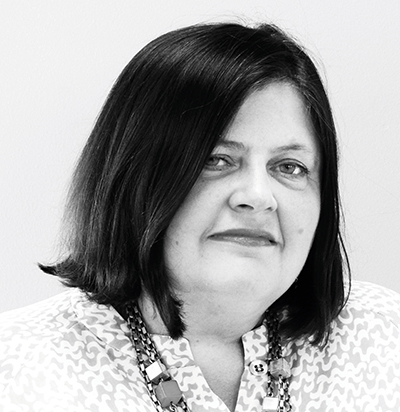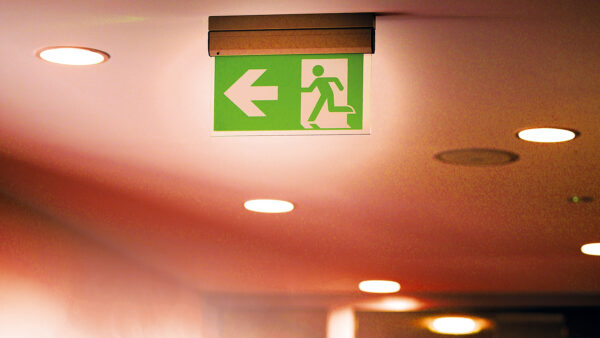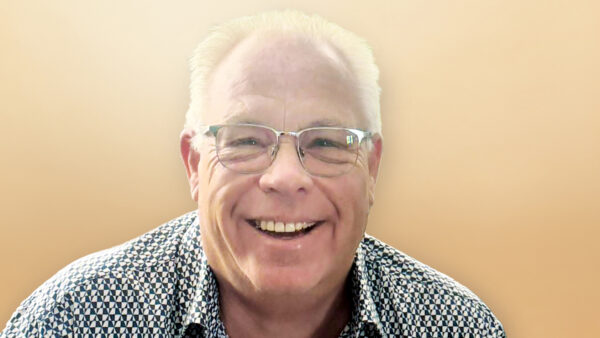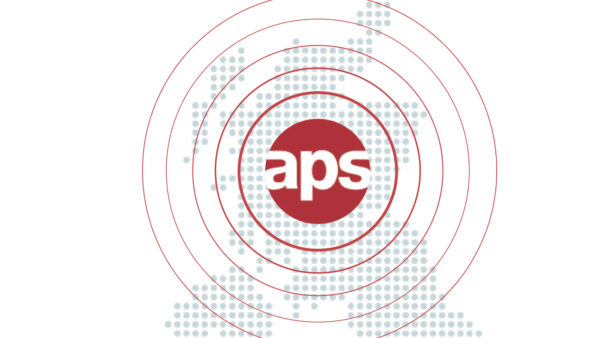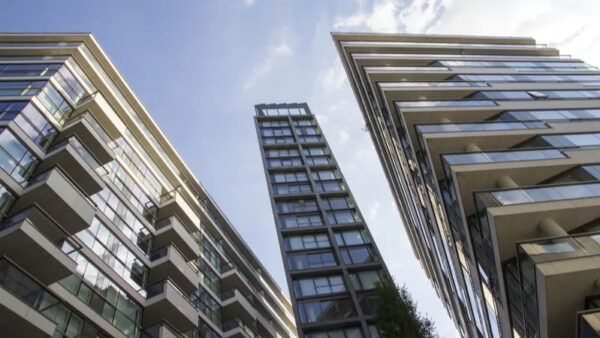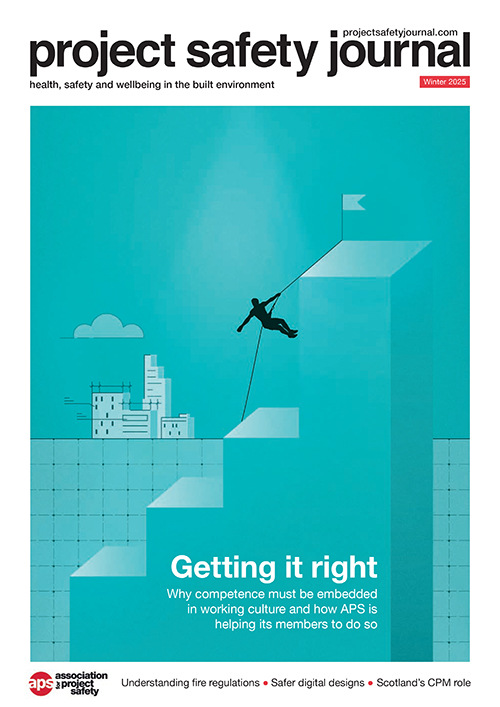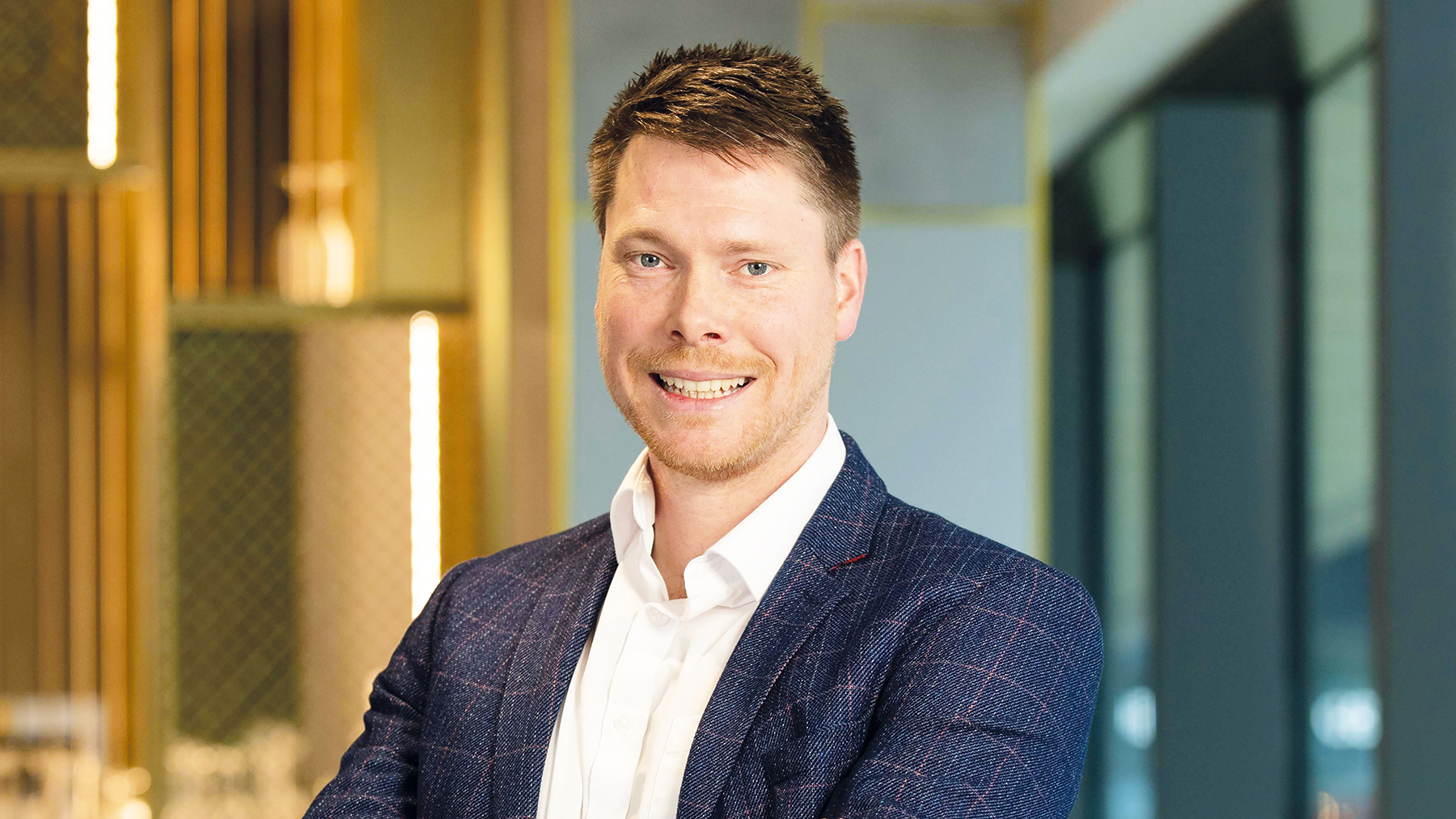
Don’t be afraid to ask questions, Mark Allen, Pick Everard’s director of health and safety, tells his younger self. He’d also like to see an increased awareness of CDM for newly qualified architects and engineers.
Multi-disciplinary consultancy Pick Everard has expanded its health and safety (H&S) team, and appointed Mark Allen as director of health and safety.
Allen brings 11 years of experience and expertise in construction, design, and management (CDM), particularly as a principal designer.
In his new role, Allen, an incorporated member of APS, will focus on developing industry-leading processes, strengthening collaboration within the fast-growing team and establishing additional regional teams. He will also support Pick Everard’s national Building Safety Act (BSA) and building regulations principal designer team with its growth plans.
Mark Allen CV
2024 – Director, Design & Consultancy Safety, Pick Everard
2021-2024 – associate director, Derisk UK
2019-2021 – associate consultant, Derisk UK
2016-2019 – senior CDM/health & safety consultant, Ridge & Partners
2014-2016 – health & safety consultant, Botson Daniels & Associates
2007- 2014 – Various recruitment consultancy roles
Talk us through your new role and your team
I was appointed as director of health and safety last December. The role is new to the health and safety team and arises from growing staff numbers and client demand.
We currently have nearly 40 H&S employees, backed up by 700+ employees across Pick Everard. We support the wider Pick Everard multi-disciplinary teams in delivering national frameworks alongside our own standalone clients.
Pick Everard itself delivers full multi-disciplinary construction consultancy services across the built environment.
And a bit about your career to date?
My career has been fairly linear since stepping away from the recruitment industry to retrain as an assistant consultant just over 11 years ago. I have progressed through the consultant, senior associate and associate director roles, gaining new experiences in line with qualifications and industry memberships.
For the last nine years I have focused exclusively on construction and the built environment, working predominantly as a CDM principal designer and CDM adviser, before more recently branching into the Building Safety Act and building regulations principal designer role.
What type of projects have you worked on, and what have been the most satisfying and memorable moments?
A very broad range, but I look back on three particular career highlights. Firstly, spending four and a half years as the lead consultant for Derisk UK with Royal Borough of Kensington & Chelsea on the Lancaster West Estate refurbishment works and wider major capital works team.
Of the buildings I worked with, I particularly remember Treadgold House, which recently underwent the UK’s first multi-storey residential housing Energiesprong retrofit as part of the estate’s plan to be carbon net zero by 2030.
Energiesprong is a programme that originated in the Netherlands that introduces and retrofits houses to satisfy energy-efficient standards.
Secondly, when I was at Ridge & Partners, I worked for just over three years with the Imperial War Museum, operating across their Duxford Airfield, Lambeth Road museum and HMS Belfast sites. Getting behind the scenes, particularly at Duxford, was a fascinating experience.
And thirdly, also at Ridge, I worked on some major refurbishment projects that transformed the Cumberland Hotel, in central London, including setting up the UK’s first Hard Rock Hotel.
Another personal favourite wasn’t a notable project but going onto the roof of Trellick Tower (31 storeys) a few years ago was amazing – looking down at central London from that height was just incredible.
I’ve also worked extensively with several London and home counties councils, various educational trusts, national housing developers and NHS trusts.
What drew you to H&S?
I started out after school in the healthcare recruitment industry but after nine years I needed a change. I didn’t know anything about H&S or the construction industry but quickly discovered that I liked working here very much.
Starting again as a trainee/assistant in a small consultancy was a sharp learning curve, but I enjoyed combining site works and face-to-face people contact, along with understanding all the legal obligations.
I was surprised to find that I liked working with legislation, and to this day I still try to seize opportunities for learning as much as I can about it.
What is your experience so far of delivering on the Building Safety Act? Are there any clarifications or areas that would be useful to see ironed out with the regulator?
My personal experience has focused mainly on the building regulations principal designer role, and developing a better practical understanding of the BSA was a significant factor in joining Pick Everard.
I share wider industry concerns around the delays in place for Gateway 2 and 3 applications. The system seems under-resourced and there are so many projects to be assessed, far more than I think was anticipated. In my opinion, self-certification schemes for less complex works to HRBs should be considered.
Do you have any thoughts on the main recommendations that the government will be adopting following its response to the Grenfell phase 2 recommendations?
Broadly I welcome all of the recommendations. I consider the proposed ‘review of the definition of higher-risk buildings’ is a key recommendation – the practical implementation of the current definition doesn’t align with a risk-based approach that I feel it should be. How is a traditionally built eight-storey residential block a higher risk than a hotel above a pub?
I have reservations about the ‘licensing of contractors to work on higher-risk buildings’ recommendation. History tells us that this approach could result in a small pool of approved contractors holding a monopoly in the market – and would most likely lead to increased costs and procurement delays for construction programmes.
I understand the CDM regulations are being reviewed – do you think that’s a good thing? Is there anything you’d like to see change?
I consider that the government made their intentions towards CDM very clear when specifying BSA dutyholders and their responsibilities. I personally think that changes to CDM are a long way off, but I can see legislation developing that merges the two roles in time.
A fundamental issue with CDM for me is a general lack of education. It seems to be a very small item on the syllabus for architects, engineers, construction qualifications – if included at all. An increased awareness of CDM for newly qualified persons will improve attitudes as more people enter the construction industry.
What’s the hardest part of your job?
From a principal designer perspective, it’s challenging design teams across the industry to think beyond their immediate scope of work and consider health and safety implications. Safe access for cleaning and maintenance aren’t always front of mind in the early design stages, but they’re key to making sure a building is safe for those who use and look after it long-term.
What advice might you give to your younger self?
Don’t be afraid to ask questions. Every day there will be conversations and technical terminology you won’t understand; take a note and research it.
Secondly, you will make mistakes, you will feel out of your depth at times – lean into the discomfort and when you’ve had the chance to reflect on it you can work out what happened and how to improve.
What do you do outside of work?
Juggling three young daughters with living on a smallholding. We have dogs, horses and chickens, and that keeps us busy. I try to keep fit by running and playing squash.





